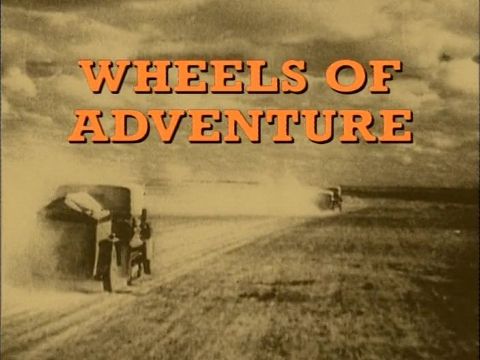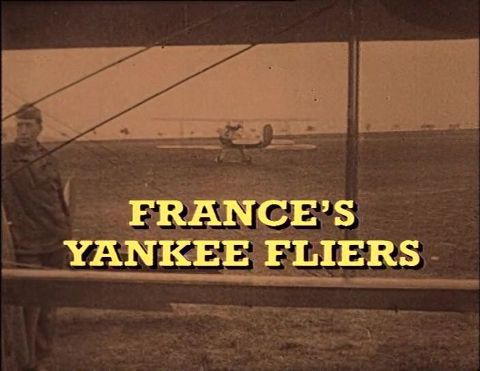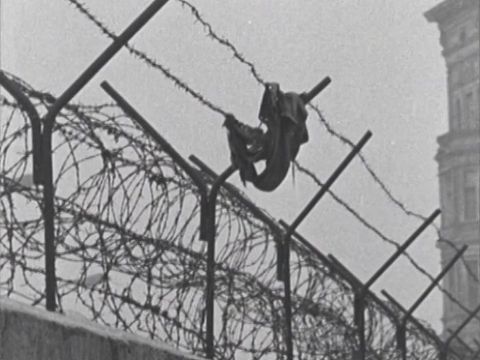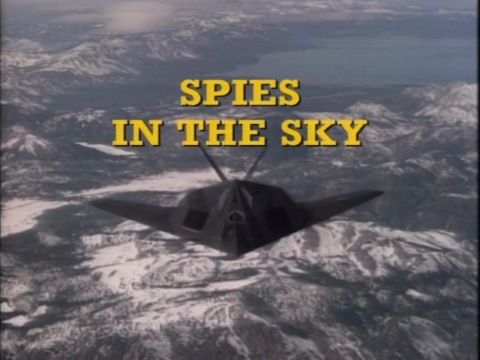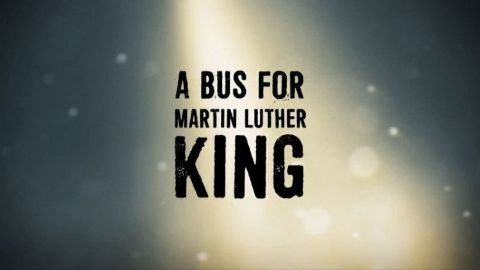Wings over the Orient • 1996 • episode "11/20" • The True Action Adventures of the Twentieth Century
The Story of Imperial Airways How the air routes were trailblazed to the east and the Pacific during the 1920s and 1930s. The fascinating story of how the East and Australia became just an air-journey from Europe. The air route to the east and the Pacific was a trailblazing effort for Imperial Airways during the 1920's and 1930's. Subsidised by the government its objective was to open air routes between Britain and her Empire. In January 1927 a service between Cairo and Basra was opened after a furrow several hundred miles long was dug in the sand to assist navigation across the desert. This programme depicts the fascinating story of how the East and Australia became just a plane journey from England.
Make a donation
Buy a brother a hot coffee? Or a cold beer?
Hope you're finding these documentaries fascinating and eye-opening. It's just me, working hard behind the scenes to bring you this enriching content.
Running and maintaining a website like this takes time and resources. That's why I'm reaching out to you. If you appreciate what I do and would like to support my efforts, would you consider "buying me a coffee"?
Donation addresses
BTC: bc1q8ldskxh4x9qnddhcrgcun8rtvddeldm2a07r2v
ETH: 0x5CCAAA1afc5c5D814129d99277dDb5A979672116
With your donation through , you can show your appreciation and help me keep this project going. Every contribution, no matter how small, makes a significant impact. It goes directly towards covering server costs.

